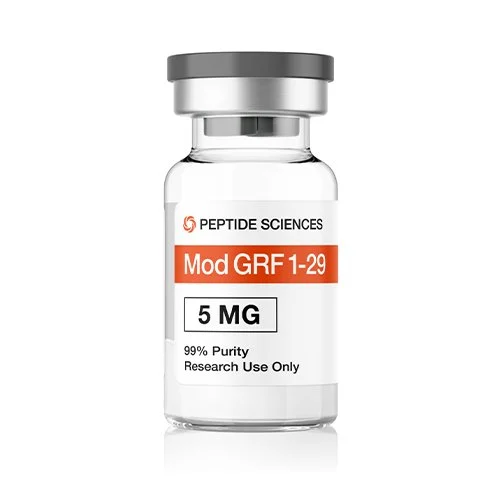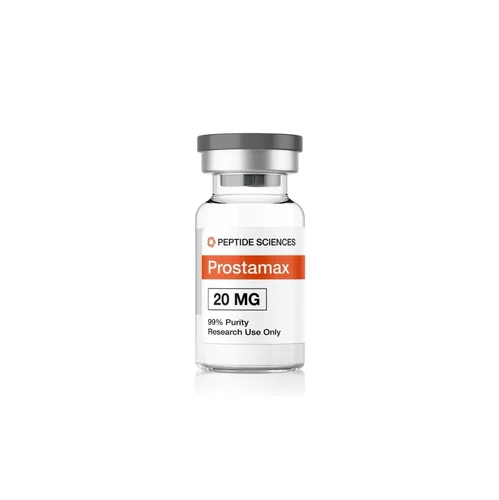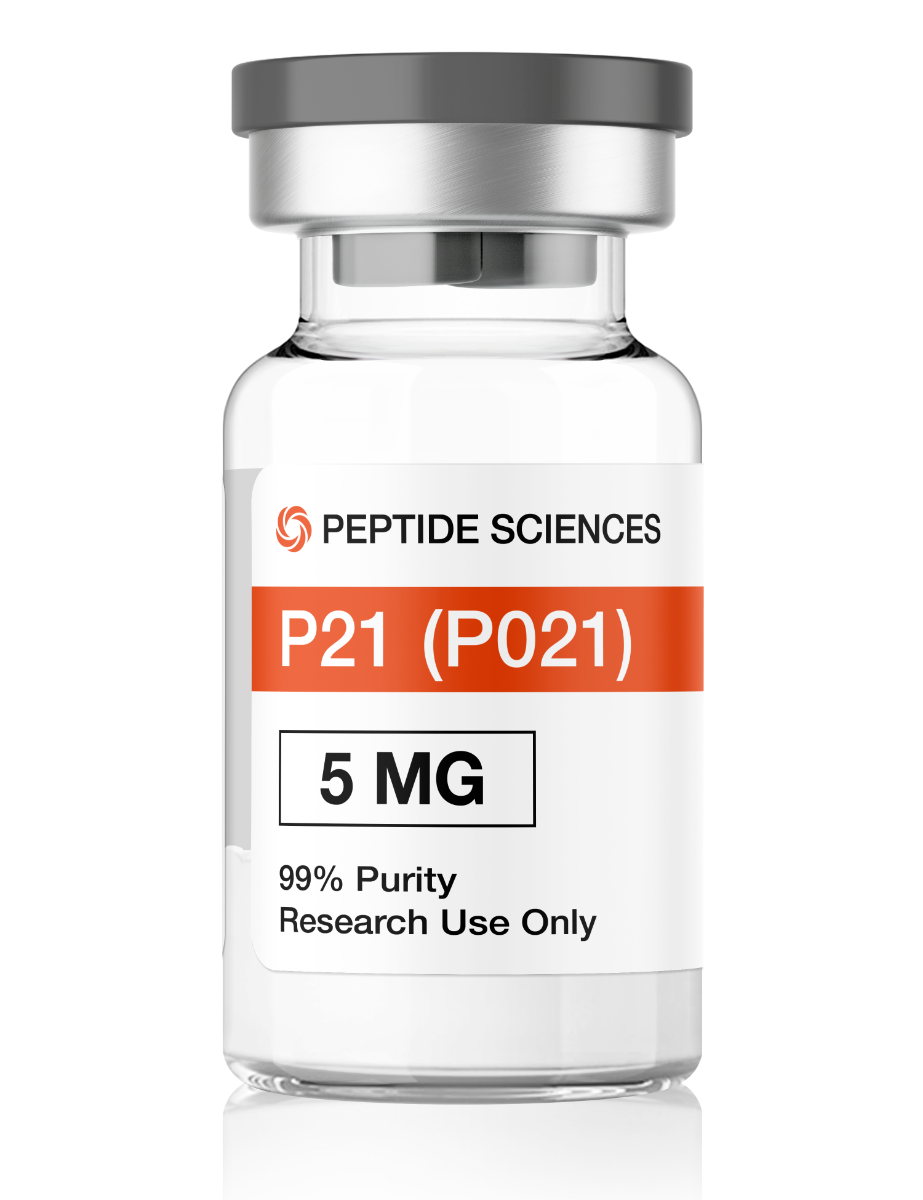The first 29 amino acids of GHRH were discovered to be as equally potent as its full 44 amino acid structure[1][2] This fragment became known as GRF (1-29). However, due to a rapid metabolic clearance analogues of GRF (1-29) were synthesized to enhance the biological activity and reduce the rapidity of metabolic clearance. These analogues were primarily created by substituting amino acids within the peptide structure for amino acids more resistant to enzymatic cleavage. One early analogue substituted the amino acid L-alanine (abbreviated as Ala or A) at the 2nd position of the peptide structure for its optical isomer (mirror image), D-alanine (abbreviated as D-Ala). This substitution resulted in a peptide bond between D-Ala and the 3rd amino acid in the structure aspartic acid (Asp) more able to resist rapid cleavage by the enzyme dipeptidyl peptidase-4, a cleavage which had previously led to an inactive peptide fragment.[3][4] This successful modification prompted the further creation of analogues with additional amino acid substitutions. Ipamorelin: A selective growth hormone secretagogue, Ipamorelin stimulates the release of GH by mimicking ghrelin's action on the ghrelin receptor. It is known for its specificity and minimal side effects compared to other GH-releasing peptides. Mod GRF 1-29 (CJC-1295 without DAC): This is a modified version of the first 29 amino acids of growth hormone-releasing hormone (GHRH). The modifications extend its half-life and enhance its ability to stimulate the pituitary gland to release GH. It is often used in research to study GH secretion patterns and related metabolic effects. ⚖️ Dosage and Composition The 5/5 mg blend indicates that each vial contains 5 mg of Mod GRF 1-29 and 5 mg of Ipamorelin, totaling 10 mg per vial. This combination is designed to provide a balanced stimulation of GH release, potentially offering synergistic effects when used in research protocols. 🔬 Research Applications In scientific studies, this peptide blend is utilized to: Study Growth Hormone Dynamics: Investigating the patterns and regulation of GH secretion. Metabolic Research: Understanding the role of GH in metabolism, including fat metabolism and muscle growth. Aging and Longevity Studies: Exploring the effects of GH on aging processes and potential therapeutic applications. Sleep and Recovery Research: Examining how GH influences sleep patterns and recovery processes. ⚠️ Important Considerations Research Use Only: These peptides are intended strictly for laboratory research and are not approved for human or veterinary use. Legal Status: The legality of purchasing and possessing these peptides varies by country and jurisdiction. It's essential to consult local regulations before acquiring them. Storage and Handling: Proper storage conditions are crucial to maintain peptide stability. Typically, lyophilized peptides should be stored at -20°C or colder and protected from light. Reconstitution should be done with appropriate solvents, and solutions should be stored at 4°C and used within a specified timeframe. Mod GRF 1-29 + Ipamorelin (5/5 mg) is primarily used in scientific research and clinical studies to investigate its effects on human growth hormone (GH) release and related metabolic functions. It is not FDA-approved for general medical use, but here are the commonly researched uses and potential applications: Stimulation of Growth Hormone (GH) Release Both peptides work synergistically to enhance the natural pulsatile release of GH from the pituitary gland. Mod GRF 1-29 initiates GH release, while Ipamorelin amplifies it by mimicking ghrelin. Anti-Aging Studies GH has regenerative effects on tissues, so researchers study this combo to explore its potential for: Improving skin elasticity Increasing energy levels Enhancing sleep quality Muscle Growth and Recovery (in studies) GH can help stimulate muscle protein synthesis and recovery. This combo is sometimes researched for its effects on lean muscle mass and exercise recovery. Fat Loss & Metabolic Support GH mobilizes stored fat, making this blend of interest in obesity and metabolic syndrome research. May support lipolysis (fat breakdown) in clinical models. Bone Density Studies GH supports bone mineralization. This combo is explored for potential applications in osteopenia/osteoporosis research. Sleep Improvement GH release is tied to deep sleep stages; researchers observe whether this combo improves sleep architecture and REM sleep. Modified GRF (1-29) acts to increase growth hormone production and release by binding to the growth-hormone-releasing hormone receptor (GHRHR) on cells in the anterior pituitary.


